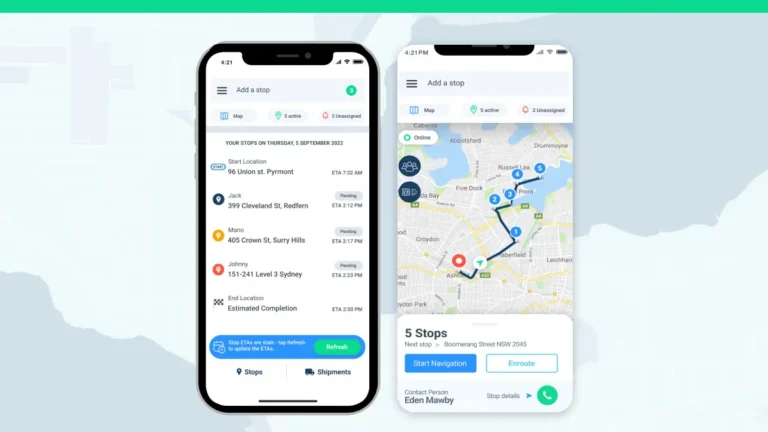Did you know your $10 dress comes at a planet-sized cost? The rise of AI and the manufacturing of “cheap clothes” is turning into an all-round climate disaster, with Shein hailed as the worst polluter.
The retail giant is known for its ultra-cheap clothing. However, a recent investigation by Grist reveals the dark secrets behind the success – its carbon emissions nearly doubled during 2023.
The report cites artificial intelligence (AI) as one of the factors enabling Shein’s unsustainable manufacturing patterns and the consequential environmental degradation.
The environmental cost of Shein’s missions
Despite Shein’s claims of being efficient and cutting-edge, its 2023 sustainability report paints a different picture.
In 2023, the company emitted carbon dioxide to the annual equivalent of four coal power plants – a staggering 16.7 million metric tons. According to GreenMatch, previous estimations show that Shein used to emit 6.3 million tons annually.
Its 2023 estimates thus make the retail giant the highest-emitting company in the fashion industry.
What is AI’s role in Shein’s emissions?
Shein relies on AI-driven demand prediction and real-time market analysis. This allows the company to churn out thousands of new styles daily. But on the flip side, it also increases the carbon footprint and encourages overconsumption.
Shein’s head of global strategy and corporate affairs, Peter Pernot-Day, said at a recent retail conference that they use machine learning to “accurately predict demand” in a way that they “think is cutting edge.”
Grist climate news fellow Sachi Kitajima Mulkey writes: “A new Shein design may take as little as 10 days to become a garment, and up to 10,000 items are added to the site each day.”
Mulkey also quotes Sage Lenier, the executive director of climate nonprofit ‘Sustainable and Just Future’, as saying Shein “quite literally could not exist without AI.”
The cost of shipping
Beyond AI, Shein’s reliance on global air shipping is also a point of concern. The retail giant relies on air freight, while other major brands choose ocean shipping global suppliers.
Instead of expanding its network, Shein produces items in China and then globally ships individual packages by air, with horrendous environmental consequences.
Consider, for example, that in July 2023, Shein sent approximately 900,000 packages to the US every single day.
While Shein claims to be developing a decarbonization roadmap to reduce emissions, the impact has been minimal. Grist calculated that the company’s emissions savings in 2023 were only 3% of its total carbon emissions for the year.
NOW READ: Is your business accidentally greenwashing? Six traps to avoid in logistics
About the author
Cheryl has contributed to various international publications, with a fervor for data and technology. She explores the intersection of emerging tech trends with logistics, focusing on how digital innovations are reshaping industries on a global scale. When she's not dissecting the latest developments in AI-driven innovation and digital solutions, Cheryl can be found gaming, kickboxing, or navigating the novel niches of consumer gadgetry.











